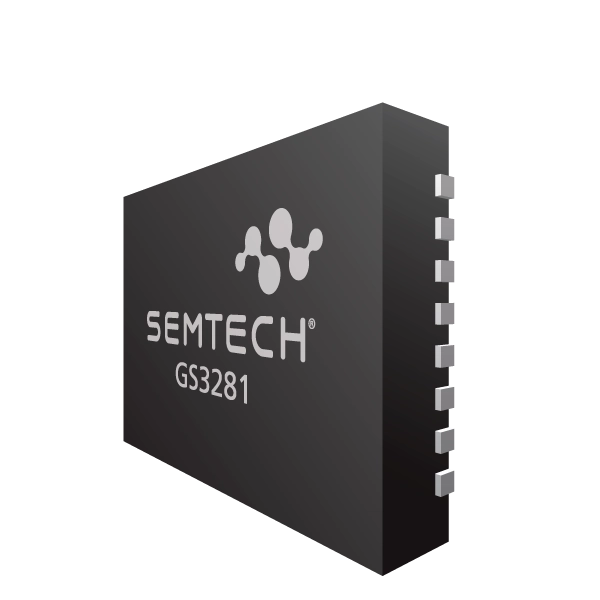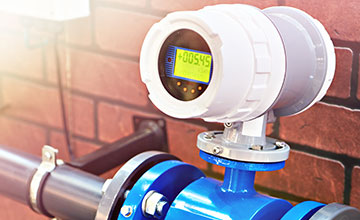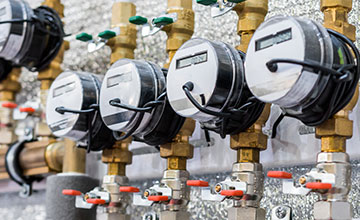Overview
The GS3281 is a low-power, multi-rate, re-timing cable driver supporting rates up to 3G-SDI. It is designed to receive 100Ω differential input signals, automatically recover the embedded clock from the digital video signal and re-time the incoming data, and transmit the re-timed signal over 75Ω coaxial cables. The 100Ω trace input supports up to 17dB of insertion loss.The device supports SMPTE ST 424 (3G SDI), ST 292-1 (HD-SDI) and ST 259 (SD-SDI). In addition to standard SMPTE rates, the device also supports re-timing of DVB-ASI at 270Mb/s, and MADI at 125Mb/s. The two cable drivers have highly configurable pre-emphasis and swing controls to compensate for long trace and connector losses. Additionally, automatic and user selectable output slew rate control is provided for each cable driver output.
Features
- Dual non-inverted 75Ω cable interface with on-chip termination
- SMPTE ST 424, ST 292-1 and ST 259 compliant input/output
- Multi-standard operation from 1Mb/s to 2.97Gb/s
- In addition to standard SMPTE rates, the device also supports re-timing of DVB-ASI at 270Mb/s, and MADI at 125Mb/s.
- Cable driver features:
- Wide swing control
- Pre-emphasis to compensate for significant insertion loss between device output and BNC
- Automatic/manual output slew rate control
- Manual or automatic re-timer bypass
- Manual or automatic Mute or disable on LOS
- Trace equalizer features:
- Integrated 100Ω, differential input termination
- Automatic power down on loss of signal
- Adjustable carrier detect threshold
- DC-coupling from 1.2V to 2.5V CML logic
- Trace equalization to compensate for up to 60” FR4 at 2.97Gb/s
- Automatic input offset compensation
- CDR features:
- Manual or automatic rate modes
- Wide Loop bandwidth control
- Re-timing at the following data rates: 125Mb/s, 270Mb/s, 1.485Gb/s, and 2.97Gb/s. This includes the f/1.001 rates.
- Additional Features:
- Single 1.8V power supply for analog and digital core
- 2.5V or 3.3V for cable driver output supply
- GSPI serial control and monitoring interface
- Four configurable GPIO pins for control or status monitoring
- Wide operating temperature range: -40°C to +85°C
- Small 6mm × 4mm 40-pin QFN
- Pb-free/Halogen-free/RoHS and WEEE compliant package
- Pin compatible with the GS12181, GS12182, GS12081, and GS12281
| Documents | Release Date | Type | |
|---|---|---|---|
| GS3281 Datasheet | 2019-10-10 | ||
| GS3281 Reliability Qualification Report | 2019-12-17 | ||
| EB-UHD-SDI Evaluation Board Kit User Guide | 2019-12-17 | ||
| Documents | Release Date | Type | |
|---|---|---|---|
| EB-UHD-SDI Evaluation Board Kit Software | 2020-05-12 | ZIP | |
Applications
SMPTE ST 424, SMPTE ST 292, SMPTE ST 259 and AES10 coaxial cable serial digital interfaces.
Inventory
| Product | Country | Distributor | Qty | Buy |
|---|


















.png)

















